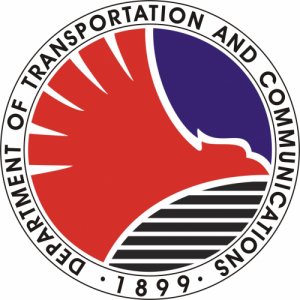PUERTO PRINCESA CITY – The three pre-colonial replicas of the 320 A.D. “Butuan boat” or “balangays” and their crew arrived here last Friday, completing a four-month long voyage to several countries in Southeast Asia, the last of which was the shores of Kota Kinabalu, Malaysia.

Former Department of Transportation and Communications (DOTC) Undersecretary Arturo T. Valdez, balangay voyage leader, and the other core crew of Diwata ng Lahi, Sama Tawi-Tawi and Masawa Hong Butuan, arrived safely to Puerto Princesa shortly before 1 p.m. and dropped anchors at the Puerto Princesa City Bay.
Unshaved in the face, except for the female crew, and their skins darkened by long days of exposure to the sun, Valdez and the core crew of the plank boat flotilla, Leo Oracion, Erwin “Pastour” Emata, Janet Belarmino-Sardenia, Carina Dayondon, Noelle Wenceslao, Dr. Ted Esquerra, Fred Jamili, Voltaire Velasco, Lito Esperar, Mark Lim, and 28 others were welcomed by Puerto Princesa Vice Mayor Lucilo Bayron, City Information Officer Alroben Goh, City Tourism Officer and Asst. City Administrator Rebecca Labit, the media and other employees of the city government at the curved inlet of sea that bestrides the baywalk.
The balangay flotilla sailed from the Philippines last August and traveled to Cambodia, Thailand, Indonesia, Singapore, Brunei and Malaysia with the vision to stir Filipino pride, rekindle maritime consciousness, feel proud of the Philippines’ pre-colonial boat building culture and traditions, and retrace the trade route of the forefathers of the Filipinos.
“By the great mercies of God, we made it here in Puerto Princesa and be home, finally to our own Philippine soil after traveling for several months”, Valdez said in a cracked voice caused by overwhelming emotions and the singing of the Philippine national anthem that followed his arrival speech.
“We’ve been through rough times and tense moments you can’t imagine we would make it using this kind of boat. But this is what our forefathers did. In their wave of migration, they crossed the great seas,” he said in describing the odyssey of the three balangay boats through unpredictable weather, harsh waters, maritime traffic, and threats of piracy.
Valdez noted that when they were about to enter Palawan seas, the crewmen of the balangay flotilla were applauding because they know how beautiful Palawan is. “We’re so happy to be able to enjoy the beauty of your island province,” he added.
From Kota Kinabalu, Malaysia, the voyage of the flotilla ended back to the Philippines, passing through the municipal waters of Balabac, Brooke’s Point, and Rasa Island, the home of the rare Philippine cockatoo in Narra, southern Palawan, and Puerto Princesa.
The group sailed to Southeast Asia, according to Valdez, to show that the seas like South China Sea, Sulu Sea, Java, Celebes, and Gulf of Thailand, are great seas that are not there to divide the Asians as a people, but to unify them as Indo-Malay or Malayo-Polynesian brothers.
The team will sail back to Manila after resting in Puerto Princesa for two days. Part of their stay is a trip to the world-famous Puerto Princesa Subterranean River National Park.



 ShareThis
ShareThis